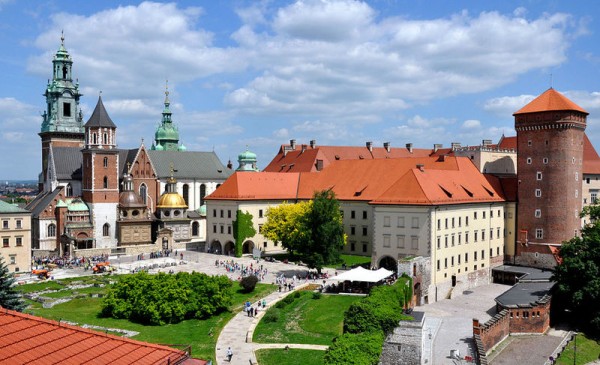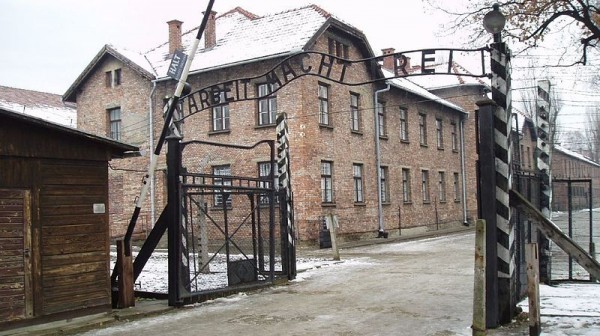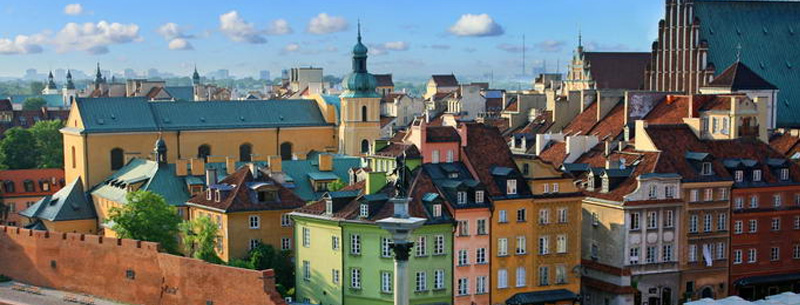2025 Poland Visitors Guide
In many ways, Poland is one of the success stories of the new Europe, transforming itself from a one-party state to a parliamentary democracy in a remarkably short period of time. More than a decade of non-communist governments has wrought profound changes in the country, unleashing entrepreneurial energies and widening cultural horizons in a way that pre-1989 generations would have scarcely thought possible. Gleaming corporate skyscrapers have taken root in Warsaw, and private shops and cafés have established themselves in even the most provincial of rural towns. The country has a radically different look about it, having exchanged the greyish tinge of a state-regulated society for the anything-goes attitude of private enterprise – and all the billboards and window displays that go with it.
However at the heart of modern Poland lies an all-too-familiar paradox: the very people who made the country’s democratic revolution possible – militant industrial workers and anti-communist intellectuals – have found themselves marginalized in a society in which street-smart businessmen and computer-literate youth are far better poised to take advantage of the brave new Poland’s burgeoning opportunities.
All this may come as a shock to those who recall the Poland of the 1980s when images of industrial unrest and anticommunist protest were beamed around the world. Strikes at the Lenin shipyards of Gdansk and other industrial centers were the harbingers of the disintegration of communism in Eastern Europe, and, throughout the years of martial law and beyond, Poland retained a near-mythical status among outside observers as the country that had done most to retain its dignity in the face of communist oppression.
For many Poles, the most important events in the movement towards a post-communist society were the visits in 1979 and 1983 of Pope John Paul II , the former archbishop of Kraków. To the outside world, this may have been surprising, but Poland was never a typical communist state: Stalin’s verdict was that imposing communism on Poland was like trying to saddle a cow. Polish society in the postwar decades remained fundamentally traditional, maintaining beliefs, peasant life, and a sense of nationhood to which the Catholic Church was integral. During periods of foreign oppression – oppression so severe that Poland as a political entity has sometimes vanished altogether from the maps of Europe – the Church was always the principal defender of the nation’s identity so that the Catholic faith and the struggle for independence have become fused in the Polish consciousness. The physical presence of the Church is inescapable – in Baroque buildings, roadside shrines and images of the national icon, the Black Madonna of Czestochowa – and the determination to preserve the memories of an often traumatic past finds expression in religious rituals that can both attract and repel onlookers.
World War II and its aftermath profoundly influenced the character of Poland: the country suffered at the hands of the Nazis as no other in Europe, losing nearly twenty percent of its population and virtually its entire Jewish community. In 1945 the Soviet-dominated nation was once again given new borders, losing its eastern lands to the USSR and gaining tracts of formerly German territory in the west. The resulting make-up of the population is far more uniformly “Polish” than at any time in the past, in terms of both language and religion, though there are still ethnic minorities of Belarusians, Germans, Lithuanians, Slovaks, Ukrainians and even Muslim Tatars.
To a great extent, the sense of social fluidity, of a country still in the throes of major transitions, remains a primary source of Poland’s fascination. A decisive attempt to break with the communist past as well as tenacious adherence to the path of radical market economic reforms adopted in the late 1980s has remained the guiding tenets of Poland’s new political leadership – a course seemingly unaltered by the changing political complexion of successive governments. Few would question the economic and human toll reaped by Poland’s attempt to reach the El Dorado of capitalist prosperity – not least among the most vulnerable sectors of society: public sector employees, farmers, pensioners, and the semi- or unemployed. Despite this, the Polish people, as so often before, continue to demonstrate what to the visitor may appear an extraordinary resilience and patience. Hope springs eternal in the minds of Poles, it seems, and for all the hardships involved in establishing a new economic order – an order to which the majority of Poles retain a remarkable if grumbling, political commitment – individual and collective initiative and enterprise of every conceivable kind is flourishing as almost nowhere else in the region.
Symbolizing a transformed geopolitical landscape, the new millennium finds Poland a member of NATO, the US-led military alliance of which it was – officially at least – a sworn enemy only ten years previously. Perhaps even more significantly, Poland, along with neighbors the Czech Republic and Hungary, is now decisively engaged in EU membership negotiations, a move that if – or more accurately, when – it actually happens promises to transform the country more profoundly than anything since the advent of communism.
Tourism is proving no exception to Poland’s general “all change” rule, but despite the continuing state of flux in the country’s tourist infrastructure, it is now easier to explore the country than anyone could have imagined only a few years back. This sea change is reflected in continuing and significant increases in the number of people visiting the country.
Encounters with the people are at the core of any experience of the country. On trains and buses, on the streets or in the village bar, you’ll never be stuck for opportunities for contact: Polish hospitality is legendary, and there’s a natural progression from a chance meeting to an introduction to the extended family. Even the most casual visitor might be served a prodigious meal at any hour of the day, usually with a bottle or two of local vodka brought out from the freezer.
Krakow
Have you ever visited Krakow? Well, it’s time for you to take amazing rides through this beautiful city. Baroque churches, medieval cathedrals, Art Nouveau Theaters, and Renaissance castles are just a few interesting attractions that this city offers for tourists and visitors. Krakow is also in contact with modern life. When you finish visiting some of these amazing places, you can relax in a pub, bar, restaurant or club. These places are always filled with tourists. Below, there are other places you should visit in Krakow, Poland.
Wawel Castle
A long time ago, Wawel Castle, in Krakow, was the royal home of the king of Poland. In the 16th century, King Zygmunt III decided to name Warsaw the capital of Poland, but until then Krakow was the capital of this country. Wawel Castle combines different styles of architecture, such as Renaissance, Gothic, Romanesque and Baroque.

Auschwitz-Birkenau Concentration Camp
We all heard about German concentration camps. Auschwitz-Birkenau was the largest concentration camp. Auschwitz was sectioned in two large areas. Auschwitz I was used as a concentration camp and today was turned into a museum. Auschwitz-Birkenau was used by the Germans for extermination and as a forced labor camp. Over 1.6 million Poles, Jews, prisoners of war and Gypsies were killed in Auschwitz-Birkenau. This place is also recognized as a center of Nazi German genocide.

Krakow Old Town
In 1038, this place was the center of Poland’s political life until 1596, when King Sigismund III moved his court to Warsaw. In the Old, Town tourists can still find various attractions and beautiful places that are waiting to be visited. The Main Market Square is one of the biggest attractions here and in the middle of the square you can find the Cloth Hall and the Sukiennice. In the Sukiennice, you can find shops selling wood crafts, amber, different souvenirs, and textiles. Near this trade, the market is the church of St Mary’s Basilica, where you can admire an amazing Gothic Architecture. In Krakow Old Town is considered to have existed the first mall in the world.

Krakow is considered to be one of the most beautiful and interesting cities in Eastern Europe. Visiting this city can be an amazing idea. What would you like to visit in Krakow?
